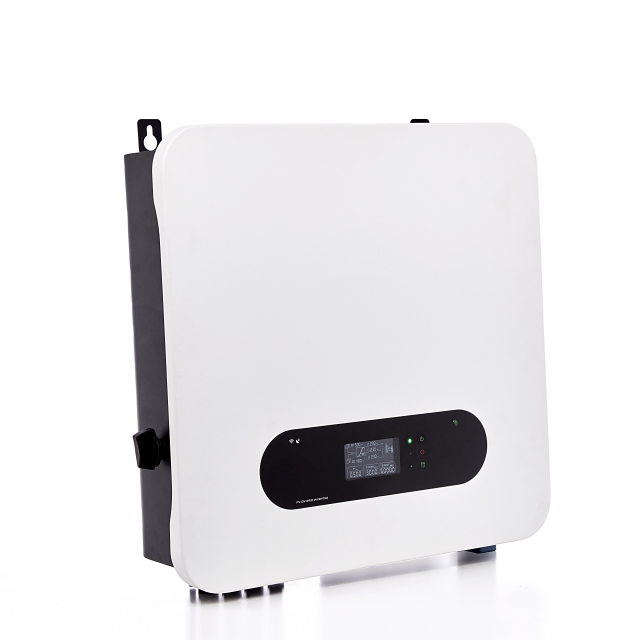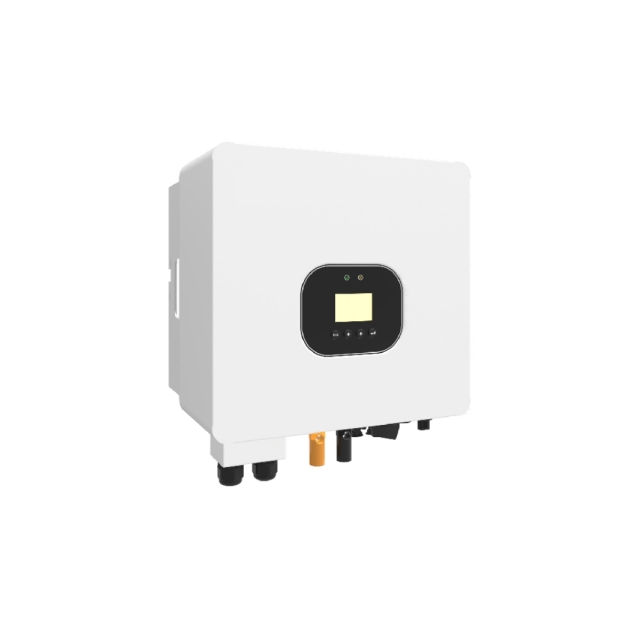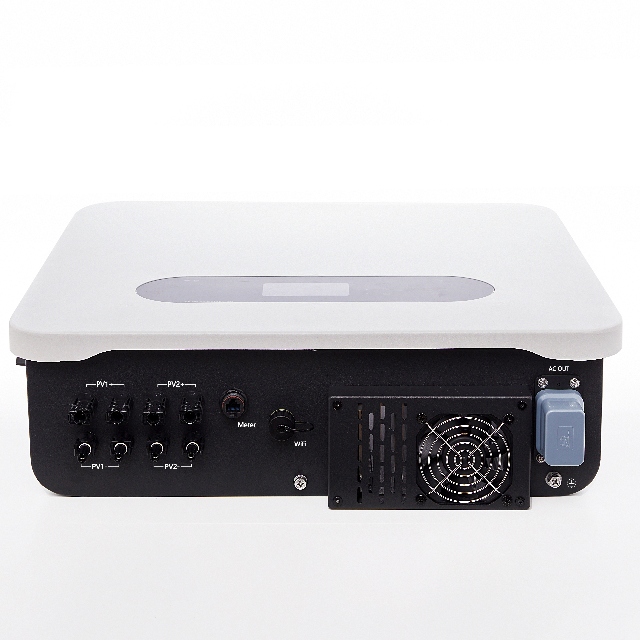Author:BLD Solar Energy SystemFROM:Solar System Converter Manufacturer TIME:2024-03-15
Introduction:
The MPPT (Maximum Power Point Tracking) Hybrid Inverter is an essential component in the photovoltaic (PV) industry. It plays a crucial role in converting solar energy into usable electrical power for residential, commercial, and industrial applications. This user guide aims to provide a comprehensive understanding of the MPPT Hybrid Inverter, its functionalities, installation procedures, and maintenance tips. Whether you are a novice PV enthusiast or an experienced professional, this guide will help you harness the full potential of the MPPT Hybrid Inverter.

The MPPT Hybrid Inverter is a device that combines the functionality of a solar inverter, MPPT charge controller, and battery charger. Its primary purpose is to optimize the power output from solar panels by tracking the maximum power point. This ensures efficient energy conversion and maximizes the utilization of solar resources. Additionally, the MPPT Hybrid Inverter allows for the integration of battery storage systems, enabling the storage and utilization of excess solar energy during periods of low sunlight or at night.

Before installing the MPPT Hybrid Inverter, it is important to conduct a site assessment to determine the optimal location for your solar panels and inverter. Ensure that the area receives ample sunlight and is free from shading. Once the location is determined, follow these steps for installation:
Once the installation is complete, ensure that the inverter is properly grounded and perform a thorough system check to validate its functionality.

Maintaining the MPPT Hybrid Inverter is essential for optimal performance and longevity. Here are some maintenance tips:
In conclusion, the MPPT Hybrid Inverter is an integral part of the photovoltaic industry, enabling efficient energy conversion and utilization of solar power. By understanding its functionalities, following proper installation procedures, and conducting regular maintenance, you can optimize the performance and reliability of your PV system for years to come.
